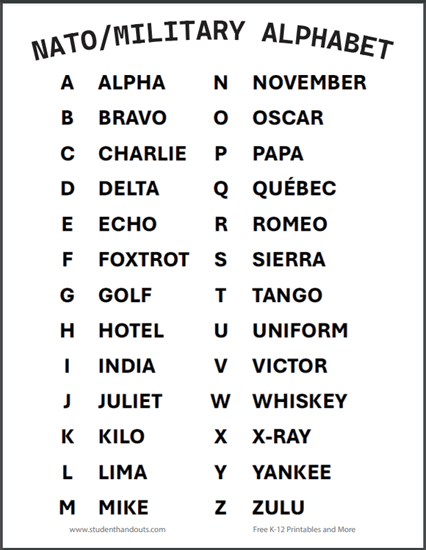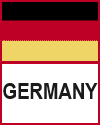Odds are that many students have heard the NATO (or military) alphabet spoken in films or video games. This fun printable can be distributed to students or displayed in the classroom, so kids can learn it.
Click here to print.
The NATO military alphabet, also known as the phonetic alphabet, was officially adopted in 1956 to improve clarity and prevent miscommunication during radio transmissions, especially in noisy or stressful environments. It assigns code words to each letter of the English alphabet—such as Alpha for A, Bravo for B, and Charlie for C—so that letters and words can be clearly understood regardless of accent or signal interference.
Developed by the International Civil Aviation Organization (ICAO) and standardized by the North Atlantic Treaty Organization (NATO), it replaced earlier, inconsistent systems. Today, it is used by military forces, aviation professionals, emergency responders, and law enforcement agencies worldwide. Its consistent usage ensures that vital information—like coordinates, call signs, or serial numbers—is transmitted accurately across international and multilingual operations.
A-Alpha, B-Bravo, C-Charlie, D-Delta, E-Echo, F-Foxtrot, G-Golf, H-Hotel, I-India, J-Juliet, K-Kilo, L-Lima, M-Mike, N-November, O-Oscar, P-Papa, Q-Québec, R-Romeo, S-Sierra, T-Tango,mU-Uniform, V-Victor, W-Whiskey, X-X-ray, Y-Yankee, Z-Zulu. |













